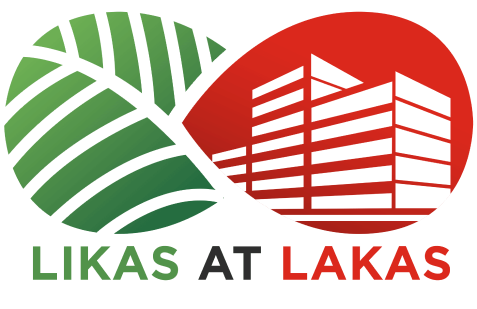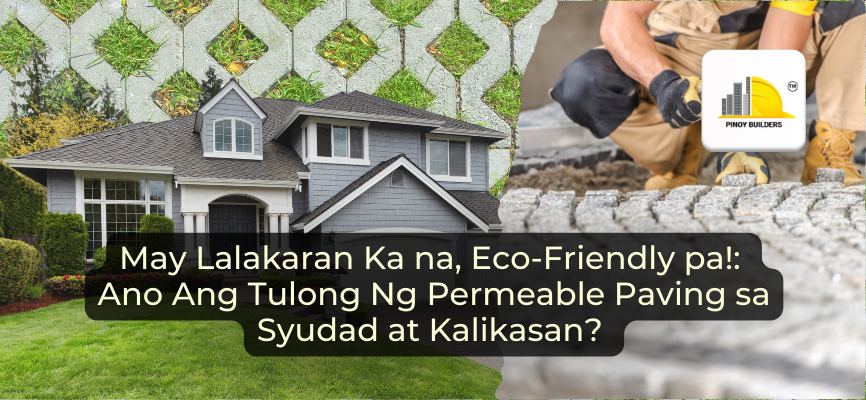Urban flooding and extreme heat are persistent problems in many Philippine cities. The country is experiencing rapid urbanization, leading to the frequent construction of roads, sidewalks, and parking lots using traditional concrete and asphalt. However, these materials trap heat and prevent rainwater from seeping into the ground. As a result, these surfaces contribute to rising temperatures and increased flood risks, making urban spaces less comfortable and sustainable.
Permeable paving presents a practical and eco-friendly alternative. Designed to allow water to pass through, it helps manage stormwater, reduce heat buildup, and improve water quality while still providing durable and safe pathways.
In this article, we’ll explore how permeable paving supports both city infrastructure and environmental sustainability, making it a valuable solution for urban planning in the Philippines.
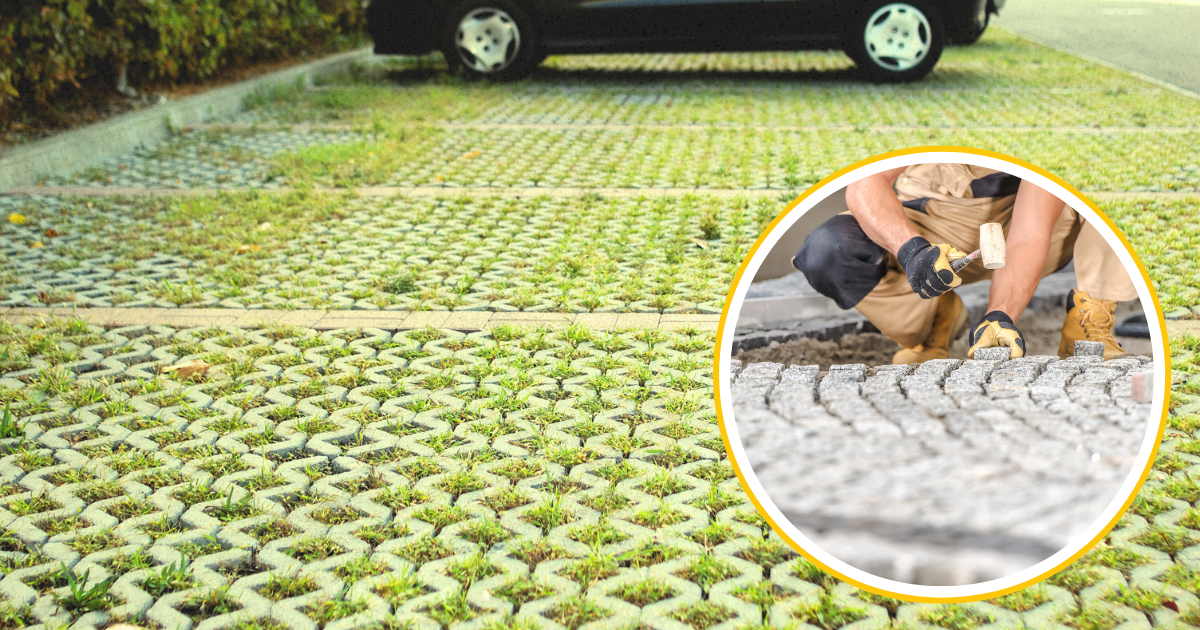
What Are Permeable Pavers?
Permeable pavers are specially designed surfaces that allow water to pass through and be absorbed in the ground. They use materials and designs that create gaps or pores for water infiltration, unlike traditional pavements that block water flow.
These pavers typically consist of multiple layers, including a top layer of permeable material and a base layer that helps filter and store water before it gradually drains into the soil. Common types of permeable pavers include:
- Porous concrete – A mix of cement and coarse aggregate that allows water to seep through.
- Permeable interlocking pavers – Individual paving stones with gaps that direct water into the ground.
- Gravel grids – Plastic or concrete grids filled with gravel that provide a stable yet water-permeable surface.
How Permeable Pavers Benefit Cities
Permeable paving helps create safer, more resilient urban spaces by managing rainwater and reducing heat buildup. One of the biggest advantages of permeable paving is its ability to manage rainwater. This feature is particularly important in areas facing water shortages, as it helps maintain the natural water cycle.
Here’s how permeable pavers benefit cities:
- Prevents Flooding – Absorbs rainwater instead of letting it pool on streets.
- Recharges Groundwater – Allows water to seep into the ground, replenishing underground sources.
- Reduces Urban Heat – Helps cool cities by allowing moisture to evaporate, unlike heat-absorbing asphalt.
Environmental Benefits of Permeable Pavers
Permeable paving helps manage rainwater and improves overall environmental health. Many permeable pavers are made from eco-friendly materials, making them a greener alternative to conventional pavements.
- Less Pollution in Waterways – Filters out oil, heavy metals, and chemicals before they reach rivers and oceans.
- Improved Water Quality – Naturally removes sediments and contaminants as water seeps through the layers.
- Sustainable Materials – Often made from recycled materials like crushed glass or reclaimed concrete, reducing waste and carbon footprint.
Examples of Permeable Paving in the Philippines
Parks and Green Spaces

Image from Ecoraster
Public parks benefit greatly from permeable paving, as it prevents pathways from becoming muddy while maintaining the natural absorption of rainwater.
Sidewalks and Walkways
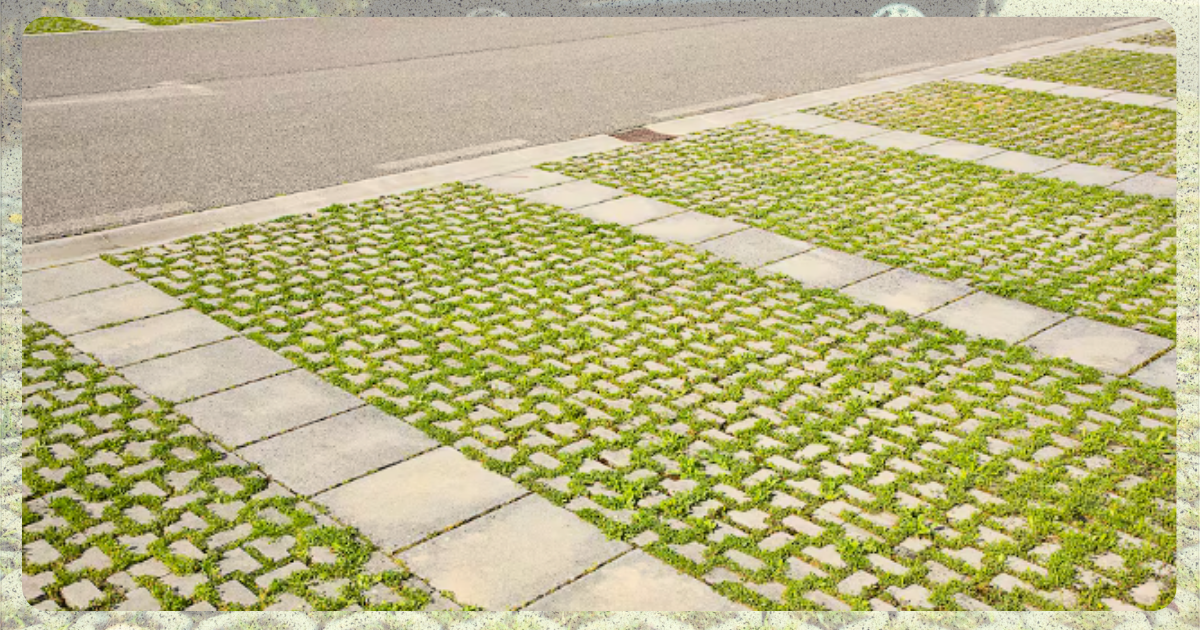
Image from Angi
Urban walkways made with permeable materials improve pedestrian comfort and safety by reducing puddles and slippery surfaces.
Parking Lots
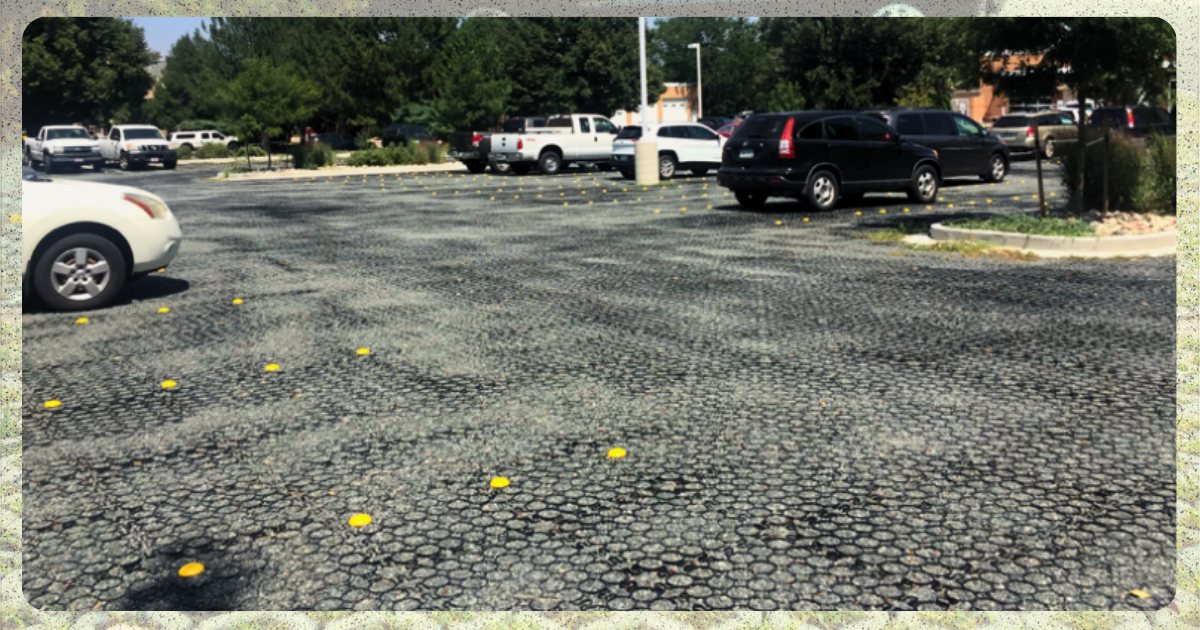
Image from BIMSmith
Many commercial and residential developments are adopting permeable paving in parking areas to enhance drainage and reduce flood risks.
Potential for Future Infrastructure
If widely adopted, permeable paving could become a key feature in urban development projects across the Philippines. With proper planning and investment, it can contribute to more resilient and sustainable cities.
Permeable Pavers: A Durable and Eco-Friendly Solution
Permeable paving serves a greater purpose than being a simple design choice for pathways. It offers a sustainable way to tackle urban challenges such as flooding, pollution, and excessive heat. Incorporating it into city planning helps local governments and developers create walkable, flood-resistant, and eco-friendly spaces.
Smarter infrastructure leads to a greener, more resilient future. Adopting permeable paving in more spaces is an advancement and a step toward a more sustainable Philippines.
References
APC Paving Centre. (n.d.). What are the Best Permeable Pavers? APC Paving Centre. https://australianpaving.com/knowledge-centre/what-are-the-best-permeable-pavers/
TRUEGRID. (n.d.). 5 Ways to Reduce Parking Lot Design Costs With Permeable Pavers. TRUEGRID. https://www.truegridpaver.com/5-ways-to-reduce-parking-lot-design-costs-with-permeable-pavers/
Wikipedia. (n.d.). Permeable paving. Wikipedia. https://en.wikipedia.org/wiki/Permeable_paving

